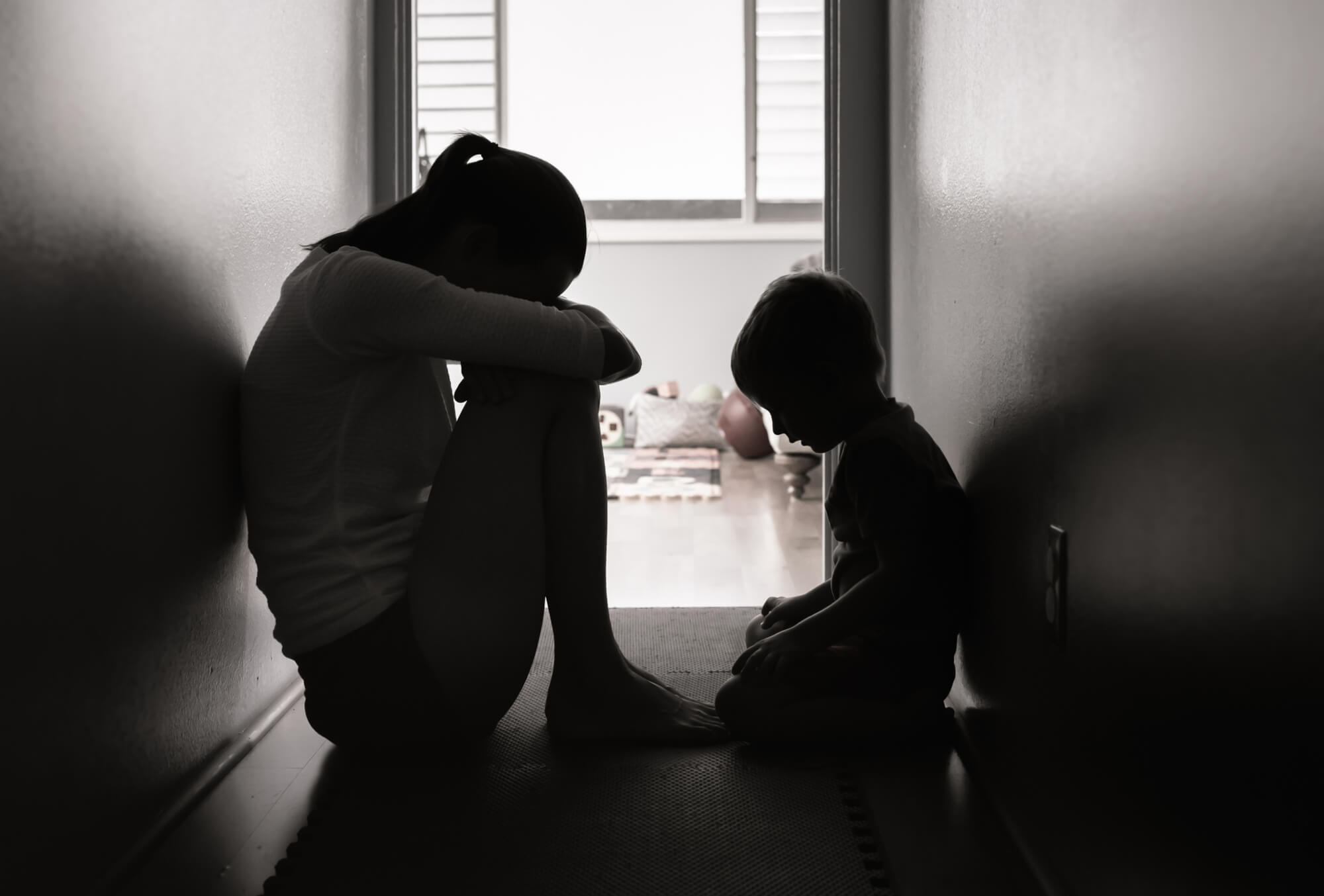Domestic Abuse: Beyond the label

This article has been prompted by my recent reading of Florence Knapp’s debut novel, The Names. The book had a profound effect on me. It reminded me how a single decision, one act of defiance or compliance, can ripple throughout a lifetime.
In the novel, a mother’s choice of name for her newborn son opens three different futures, each shaped not only by circumstance but also by the shadows of control, coercion, and survival. At its core, it is the story of domestic abuse.
For those of us working in education and safeguarding, the story resonates deeply: domestic abuse is rarely about a single incident, but rather how choices are constrained or widened, by power, fear, and resilience.
Domestic Abuse
When we describe something as ‘domestic abuse,’ the label itself often triggers an instinct to find a solution. As professionals, we want to act decisively, to fix what feels intolerable. Yet, as both practice and literature remind us, life is seldom that simple. Abuse is not one uniform condition; it sits on a spectrum. Sometimes there is an urgent need for removal to ensure immediate safety. At other times, leaving is not possible, perhaps because of financial dependency, cultural pressure, or simply because the survivor does not yet feel ready.
In the parameters of such a label, we risk assuming that our own threshold for what is acceptable or unacceptable should be shared by those we support. But for some, remaining in an abusive relationship is not a weakness; it may be part of a longer, fragile process of survival.
Transference
Here lies one of the great challenges for safeguarding professionals: recognising our own transference. We bring our values and our lived experience into the room. We see choices through our own lens, and that can make the answer feel obvious—' why not just leave?’ Yet, for many survivors, leaving feels more dangerous than staying. Acknowledging this gap between our internal standards and theirs is crucial. Without this, we risk silencing the very voices we most need to hear.
Supporting Families
Supporting families caught in abuse means holding two scales in balance: risk and resilience. On one side lies the harm: physical injury, emotional trauma, neglect. On the other hand, lies resilience, in the form of protective relatives, strong bonds with children, financial resources, education, or sheer personal determination. Our role is often not to achieve a perfect resolution but to help families inch closer to better: better safety planning, better coping strategies, better chances of change when the time feels right.
Supporting Choice
As professionals, it is our role to support safe choices. To support alongside families, not ahead of them, we need to:
- Listen without judgement, so victims feel safe enough to speak;
- Respect readiness, understanding that it may take many attempts for someone to leave an abusive situation and that it may not happen in the way we imagine;
- Build resilience, strengthening protective factors until the moment of change becomes possible;
- Balance intervention with respect, fulfilling our statutory duties whilst recognising that lived experience cannot always be rushed into compliance with our expectations.
Like Knapp’s novel portrays, outcomes can branch in many directions. Domestic abuse is not a problem to be neatly solved, but a reality to be navigated. For educational professionals, the challenge is not to impose a tidy solution but to walk with families as they move, sometimes slowly, towards greater safety and choice.
In this work, the most powerful safeguard we can offer may not be to ‘fix’ the situation but to help make it a little better, until such a time that lasting change feels possible.
Sara Spinks
SSS Author & Former Headteacher
27 October 2025